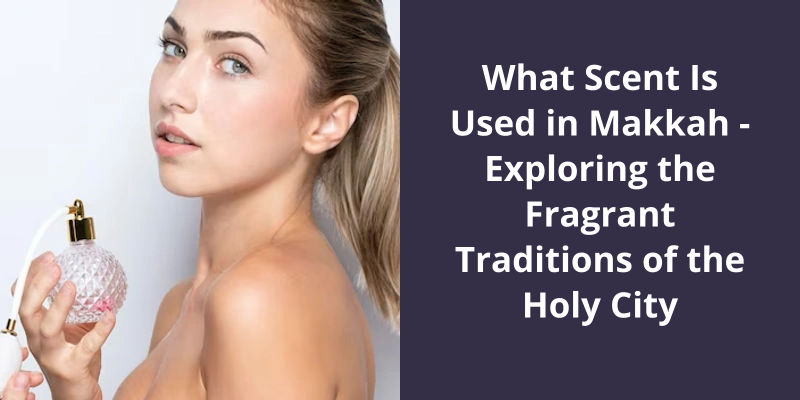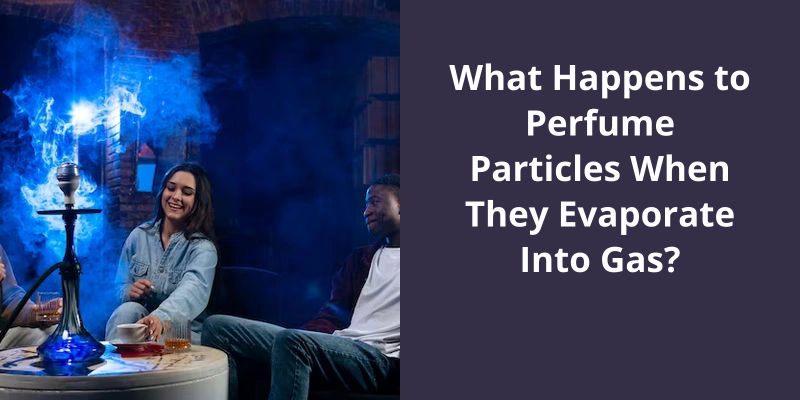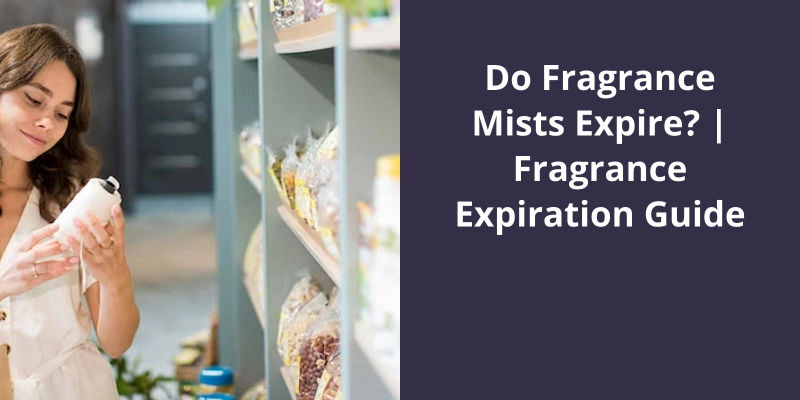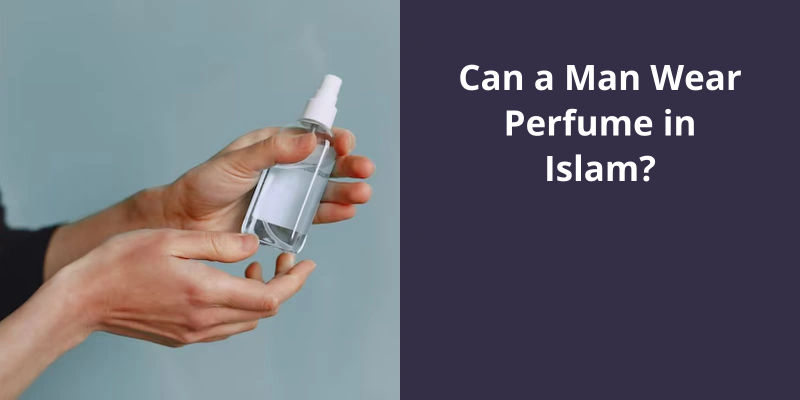The scent used in Makkah, a holy city in Saudi Arabia, is predominantly oud. Oud is a unique fragrance derived from the resin of agarwood trees. This particular odor is treasured for its rich and complex characteristics, smelling warm, woody, and markedly oriental. The tradition of using this scent goes back centuries, linking to the deep roots of Arabic cultural rituals surrounding hospitality and fragrance. Oud is widely used in Makkah’s Grand Mosque, both in its pure form and as a base note in many perfume blends. Consequently, the city often has this distinct, inviting aroma wafting through its streets, deeply intertwining with its identity and the spiritual experiences of its visitors.

Which Bakhoor Is Used in Makkah?
Makkah, the holiest city in Islam and the birthplace of the Prophet Muhammad, is renowned for it’s rich traditions and cultural treasures. Among these treasures is a special type of incense known as Makkah Oudh Incense Bakhoor. This unique blend of fragrant wood chips, infused with a powerful Arabic Oudh scent, is used in many religious and ceremonial occasions throughout the city.
It’s traditional, yet modern fragrance has made it a beloved and iconic symbol of Makkah and the surrounding areas.
Through it’s centuries-old tradition of using incense to create an atmosphere of peace and contemplation, this unique blend of fragrant wood chips and exotic spices has become an essential part of the cultural identity of the region, and a cherished symbol of the rich history and customs of Makkah and the surrounding areas.
The use of fragrance is an important aspect of many religious traditions and practices, and that’s certainly the case at Masjid Al Haram. The fragrances used in this holy place are chosen carefully and with great attention to detail, and they play a significant role in the overall experience of worship and reverence. In this article, we will explore the scents and fragrances that are used in this sacred space, as well as their cultural and historical significance.
What Fragrance Is Used in Masjid Al Haram?
The fragrance used in Masjid al-Haram is known as Bukhoor, which is a traditional Arabian incense made from a combination of natural ingredients such as wood chips, flowers, and herbs. Bukhoor has been an integral part of the Arabian culture for many centuries and is used for it’s distinctive scent, which is widely believed to have numerous health benefits.
One of the most fascinating aspects of Bukhoor is that it’s made using traditional methods that have been passed down from generation to generation. The process involves burning wood chips on charcoal and then adding a combination of herbs and flowers to produce a fragrant smoke that fills the air. The fragrance of Bukhoor is said to be rich, musky, and sweet, with an earthy undertone.
In Masjid al-Haram, the process of scenting the Holy Kabaa and the al-Hajre Aswad (Black Stone) is carried out several times a day with over 5 kilos of oudh, which is a type of fragrant wood that’s highly valued in the Middle East. The use of oudh in Masjid al-Haram is a centuries-old tradition that’s rooted in Islamic history and has been passed down from generation to generation.
The Health Benefits Associated With Bukhoor Fragrance
Bukhoor fragrance is a type of incense that’s been used for centuries in various cultures for it’s pleasant aroma. It’s said to have numerous health benefits, including reducing stress, anxiety, and promoting relaxation. Additionally, some people claim it can improve mental clarity and focus. However, more research is needed to confirm these potential benefits.
Bakhoor is a fragrance that’s enchanted people for centuries. It’s scent is both exotic and familiar, with a blend of incense, oud, and musks that create a unique aroma that’s perfect for any occasion. Whether you’re seeking a relaxing ambiance or a touch of elegance, the delicate aroma of bakhoor is sure to please. One of the most popular ways to use bakhoor is through burning, allowing it’s fragrance to fill your home or office and transport your senses to a peaceful state.
What Is the Smell of Bakhoor?
The smell of bakhoor can be described as warm and mysterious, with hints of exotic spices and smoky woods. It’s a rich, complex scent that lingers in the air long after it’s been burned. The fragrance is often associated with traditional Arabic hospitality and is used in welcoming guests to the home.
Bakhoor is typically made from a variety of natural ingredients, including wood chips, flower petals, and essential oils. These are mixed together in a carefully crafted blend that creates a unique scent profile.
It’s unique blend of natural ingredients creates a warm and welcoming atmosphere that’s perfect for any occasion.
Different Types of Bakhoor and Their Scents
- Agarwood Bakhoor – woody and earthy scent
- Jasmine Bakhoor – sweet and floral scent
- Amber Bakhoor – warm and musky scent
- Frankincense Bakhoor – citrusy and spicy scent
- Sandalwood Bakhoor – woody and creamy scent
- Musk Bakhoor – animalistic and musky scent
- Rose Bakhoor – floral and sweet scent
- Oudh Bakhoor – strong and intense woody scent
- Lavender Bakhoor – floral and herbal scent
- Clove Bakhoor – spicy and warm scent
The scent of Makkah’s Grand Holy Mosque is an alluring hallmark of the sacred city. In addition to the religious significance of the Holy Kaaba, one aspect that captures the sensory experience of pilgrims and travelers alike is the aroma of the finest types of Oud perfume. As you approach the Kaaba, you may wonder what perfume is used, and the answer is 20 tolas of carefully selected Oud extrait. This fragrant substance is applied every day on various parts of the Kaaba, including the Black Stone, Multazam, and Yemani Corner.
What Perfume Is Used in Makkah?
Makkah, also known as Mecca, is a holy city in Saudi Arabia and is the most sacred site in Islam. Millions of Muslims from around the world visit Makkah every year to perform the Hajj pilgrimage. The city isn’t only known for it’s religious significance but also for it’s rich cultural heritage, including perfumes. Perfumes have always held a special place in Islamic culture, and Makkah is no exception. The city is famous for it’s unique fragrances that are used in the Grand Holy Mosque.
It’s known for it’s rich, woody aroma, and it’s often used in luxury perfumes and incense. The Oud perfume used in the Grand Holy Mosque is of the highest quality, and it’s extracted from the finest Oud wood. About 20 tolas of Oud are used every day in the mosque. One tola is equal to 11.66381 grams, so that means around 233.27 grams of Oud is used in the mosque every day.
The Kaaba is a cube-shaped building that’s located in the center of the Grand Holy Mosque. It’s believed to have been built by the prophet Ibrahim and his son Ismail and is considered to be the most sacred site in Islam. The Black Stone, Multazam, and Yemani Corner are also areas of the Kaaba where the Oud perfume is applied.
The use of perfume is an important part of Islamic culture, and it’s believed to have spiritual benefits. Perfume is used to purify the soul and to bring joy and happiness to the heart. The use of perfume in the mosque is a symbol of the devotion and dedication of the people who visit the holy site.
Around 20 tolas of extracted Oud are used every day in the mosque, and it’s applied to the Kaaba, the Black Stone, Multazam, and the Yemani Corner.
The History of Perfume in Islamic Culture
- Perfume has been a significant part of Islamic culture for centuries
- The use of perfume is deeply rooted in Islamic tradition and is mentioned in Islamic literature
- Islamic perfumery has it’s origins in the ancient Arab world, where perfumes were made from the aromatic plants found in the region
- Perfume making in Islamic culture has been considered both an art and a science
- Arab perfumers are credited with developing many of the techniques and ingredients used in modern perfumery
- Musk, amber, and oud are some of the most popular fragrances used in Islamic perfumery
- Islamic perfumery also has a strong connection to spirituality, with many Muslims using perfume as a way to honor their faith and show respect to the Prophet Muhammad
- Today, Islamic perfumery continues to thrive, with many high-end perfume houses focusing on creating fragrances that reflect the Islamic tradition and culture
Source: Finest types of Oud perfume the Grand Holy Mosque of …
The “Ghilaf E Kabah” isn’t just a symbol of the holy Kaaba, but a fragrance that captures the essence of it. The unique blend of vanilla honey, musk, cedarwood, sandalwood, carnation, and patchouli creates an ethereal scent that takes you on an otherworldly journey. This attar, derived from natural sources, is a testament to the ancient practice of distillation, with it’s roots tracing back to the Persian physician Ibn Sina. The “Ghilaf e Kaaba” perfume with it’s timeless fragrance will instantly transport you to the beautiful Haram in Makkah.
Which Perfume Used in Kaaba Ghilaf?
The scent is a combination of warm and oriental notes, blended together to create a mystical experience. The vanilla honey creates a sweet and luxurious base that’s beautifully complemented by the musk. The cedarwood and sandalwood add an earthy and woody element to the fragrance, giving a sense of grounding and spirituality.
Carnation and patchouli are also present in the perfume, adding a floral touch to the musky and woody notes. While carnation adds a spicy and peppery aroma, patchouli brings a deep, earthy and slightly sweet scent to the blend. Together, they create a delicate balance of floral and spicy notes.
“Ghilaf E Kabah” is more than just a perfume; it represents the sacred black cloth that covers the Kaaba in Mecca, Saudi Arabia. This fragrance is designed to capture the essence of the Kaaba and to transport the wearer to the holy site. The scent is both calming and inspiring, taking the senses on a journey of faith and spirituality.
The practice of using perfumes and essential oils for spiritual purposes can be traced as far back as ancient Egypt and Rome. The use of fragrances in religious rituals and celebrations has been a part of many cultures around the world for thousands of years.
It’s warm and oriental notes are designed to transport the wearer to a wondrous world, filled with love, peace, and tranquility. The perfume has a rich and fascinating history, and it’s use continues to be a significant part of religious practices and traditions.
The Process of Making “Ghilaf E Kabah” Perfume and It’s Various Ingredients.
“Ghilaf E Kabah” is a perfume made using various natural ingredients such as musk, rose, oud, saffron, and amber. The process of making this perfume involves carefully blending these ingredients to create a unique and aromatic fragrance. However, this process isn’t automated and requires human expertise to ensure that the final product meets the high standards expected of it.”
Conclusion
Beyond it’s cultural significance, the warm and woody fragrance of oud holds a special place in the hearts of Muslims, representing a connection to the spiritual realm and their faith. As more people from around the world continue to partake in this sacred journey, the enduring aroma of oud will continue to play a significant role in the spiritual experience of the Hajj, and serve as a powerful reminder of the unity and diversity of the global Muslim community.





